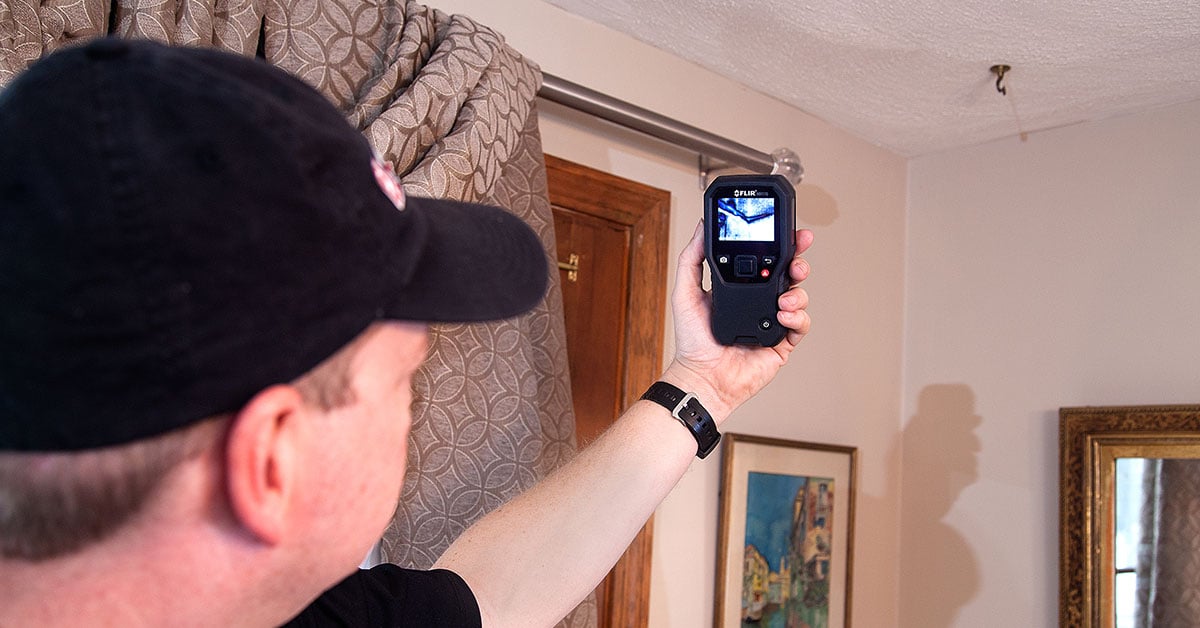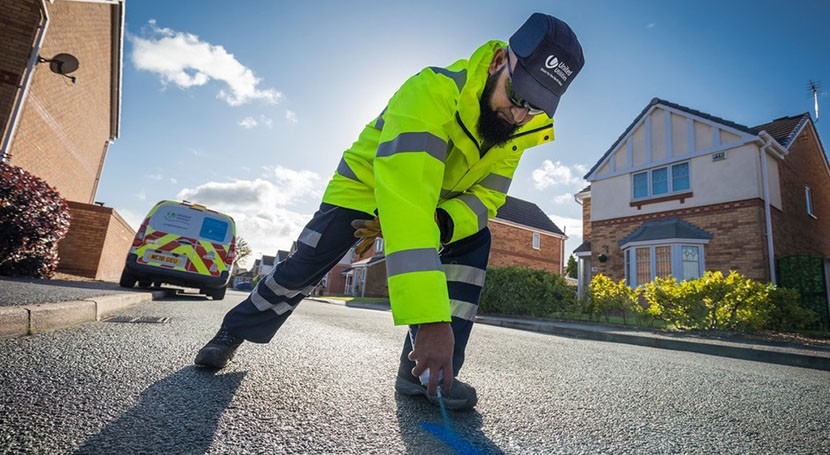Discover Reliable Water Leak Detection Providers for Accurate and Rapid Outcomes
Discover Reliable Water Leak Detection Providers for Accurate and Rapid Outcomes
Blog Article
Innovative Solutions for Early Detection of Water Leaks in Buildings and Infrastructure
From cutting-edge leakage discovery modern technologies to the deployment of IoT sensing units for real-time surveillance, the landscape of leakage avoidance is evolving quickly. Automated water flow evaluation systems are improving just how leaks are identified and resolved, leading the means for an aggressive approach to water leak detection.
Advanced Leak Discovery Technologies
Advanced leak detection innovations, outfitted with cutting-edge sensing units and formulas, play a crucial duty in quickly determining and identifying water leakages in numerous settings. Electromagnetic sensors can determine changes in electro-magnetic fields triggered by water, offering yet one more layer of leak discovery capability.

IoT Sensors for Real-Time Surveillance
In the realm of contemporary water leakage detection, the combination of IoT sensors for real-time monitoring stands for a crucial innovation in enhancing aggressive leak discovery abilities. These sensing units offer continual monitoring of water supply, giving real-time information on water circulation prices, pressure variations, and temperature adjustments. By leveraging IoT innovation, these sensors can identify even the tiniest anomalies in water use patterns, allowing very early identification of prospective leaks prior to they rise into significant concerns.
IoT sensors transfer information to a central system, where advanced algorithms analyze the information and produce alerts or alerts when abnormalities are detected. This real-time surveillance capability enables homeowner or center managers to immediately address leaks, lessening water damages, lowering repair work prices, and preserving water sources.
Additionally, IoT sensors can be integrated with building administration systems, permitting computerized feedbacks to spotted leaks, such as turning off water shutoffs or turning on pumps to mitigate the impact of leakages. In general, the execution of IoT sensing units for real-time monitoring considerably improves the efficiency and performance of water leak discovery in structures and infrastructure.
Equipment Understanding Algorithms for Leak Forecast

One key benefit of utilizing device learning for leakage forecast is its capacity to continuously learn and enhance its accuracy with time. As even more data is accumulated and fed into the formula, it can fine-tune its predictions and adjust to altering problems, eventually increasing the integrity of leak discovery systems.
Moreover, artificial intelligence formulas can help this content in recognizing subtle indicators of leaks that might go undetected by standard monitoring approaches. water leak detection. By examining complex data collections in real-time, these algorithms can provide early warnings and notifies, enabling for punctual intervention and preventative maintenance to alleviate potential water damage and linked costs
Using Thermal Imaging for Leakage Detection
Thermal imaging technology provides an encouraging approach for identifying water leaks in different systems and frameworks. By utilizing infrared radiation and temperature variations, thermal imaging video cameras can recognize surprise leaks that are not easily visible to the nude eye. When water runs away from pipes or structures, it typically transforms the temperature of the surrounding area, producing temperature differentials that thermal cams can record. These temperature irregularities are then equated into visible pictures, highlighting the precise area of the leakage.
One of the essential advantages of thermal imaging for leak discovery is its non-intrusive nature. Unlike standard techniques that may need burglarizing wall surfaces or floorings to find leaks, thermal imaging allows for non-destructive testing. This not only conserves time and lowers prices however likewise reduces disruption to the structure or framework being analyzed. In addition, thermal imaging can swiftly scan large locations, supplying a detailed summary of potential leakage resources in a timely fashion. Generally, making use of thermal imaging technology boosts the effectiveness and accuracy of water leakage detection, making it an important tool for keeping the stability of buildings and frameworks.
Automated Water Circulation Evaluation Solutions
Exactly how can automatic water flow evaluation systems transform the discovery and administration of leaks in numerous systems and infrastructures? Automated water circulation evaluation systems provide a proactive technique to leakage detection by continually keeping an eye on water circulation rates and patterns. By developing standard data, these systems can promptly identify inconsistencies that may suggest a leakage, enabling timely treatment to avoid considerable damage.
These systems use innovative formulas to evaluate real-time information and give immediate notifies when anomalies are found, enabling quick activity to be taken. In addition, automated water flow analysis systems can be incorporated with structure management systems or IoT platforms, improving total performance and enabling remote monitoring abilities.
In addition, the data gathered by these systems can be utilized for predictive maintenance purposes, helping to recognize possible powerlessness in the framework before visit our website leaks happen. In general, the execution of automatic water flow analysis systems can significantly boost leakage discovery and monitoring methods, Click This Link eventually resulting in cost financial savings, minimized water waste, and enhanced sustainability in structures and infrastructure.

Verdict
To conclude, the integration of advanced leak detection technologies, IoT sensing units, artificial intelligence algorithms, thermal imaging, and computerized water circulation evaluation systems uses cutting-edge options for very early discovery of water leakages in structures and framework. These modern technologies make it possible for real-time tracking, prediction of leaks, and efficient detection methods to avoid water damage and wastage. Executing these solutions can aid in keeping the honesty and sustainability of water systems in various settings.
Report this page